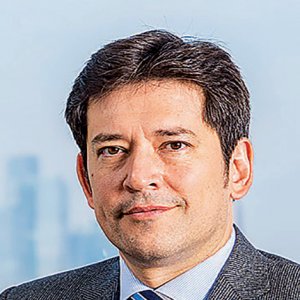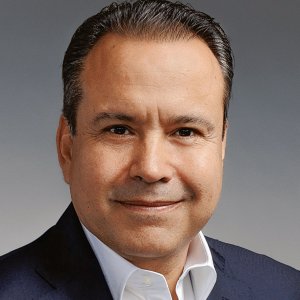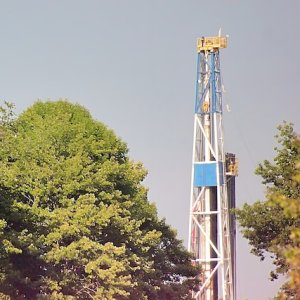Social Conscience Required for Successful Projects

Q: How will the shifting energy landscape impact the healthy development of renewables?
A: One of the main objectives of these Reforms is to allow private investment in energy-related sectors in order to foster growth. The initial idea behind this new legislation was to promote an energy transition from conventional electricity generation to renewable and clean energy sources. Yet this new framework seems to favor conventional power generation instead of renewable or clean sources. However, this landscape provides an opportunity for foreign investors to participate in the development of renewable energy. Legal certainty is the most important aspect because without a strong legal framework, incentives cannot flourish. The legislation motivates public companies to increase competitiveness, and consumers also want these players to be more environmentally friendly, so this will foster changes in the short-term.
Q: How does Mexico’s new legislative framework compare with that of other countries?
A: Mexico is not creating brand new legislation, but rather basing the Reform on best practices from other countries. When comparing the Mexican environmental regulation with that of the US, there are similarities. However, Mexican legislation is stronger and stricter than that of the US because Mexican law has many more formalities. The management of hazardous waste is one of the areas in which the protocols differ greatly. There are some forms of waste materials that are not considered to be hazardous in the US, but in Mexico they are, which can be problematic for companies that want to work the way they do in the US. Mexico has a lot of restrictions and any activity that has a potential environmental impact needs a permit. This is highlighted in the energy sector, where a set of authorizations need to be obtained before any project or activity begins.
Q: What are your recommendations for companies that want to develop wind projects?
A: If the project is going to be built on an ejido, public consultations are essential. González Calvillo Abogados is frequently hired to carry out public consultations and public hearings and we have 20 years’ experience in this area. The corresponding environmental agency might request public hearings, which differ from public consultations. Some banks even require compliance with the Equator Principles for financing projects over US$10 million. The idea is to involve the community and for the community to be aware of the projects and their scope.
What González Calvillo Abogados has been doing in public consultations is identifying opinion leaders and the opposing parties to find out why they are against the project. Such methods help in preventing possible confrontations later on. I would say projects fail not because of a lack of alignment between developers and ejido members, but rather between ejido members and opinion leaders. Once we identify them, we talk with them and we make an executive summary of the project and its possible economic, social, and environmental impacts. We create questionnaires and ask the respondents if they are familiar with similar projects and their concerns regarding their development. Once we obtain the information, we answer the most frequent questions and concerns during a public hearing. In addition, having records and information allows developers to comply with the Equator Principles.
Q: What is the best way to avoid social problems when developing projects when working with ejidos?
A: It is important to educate and inform both ejidos and developers. Sometimes foreign companies, particularly investors from the US, have difficulty understanding the concept of an ejido. Investors need to be educated on the obstacles they will face and the ways to navigate them while evaluating possible social impacts. Developers must make it clear that projects involve investment and developers are looking for their returns on investment. Companies have to detail how many jobs will be created and who will be eligible for those jobs. Unfortunately, the bulk of the labor these projects need is in the preconstruction and construction stages. The subsequent stages include operating very sophisticated machinery, which requires 20-30 people with specific technical skills. These people can receive the necessary training to continue working in later stages of the project. The important aspect of these projects is that they are going to last for a couple of years, and it is essential to promote the ongoing construction work, which will promote the local economy.



















